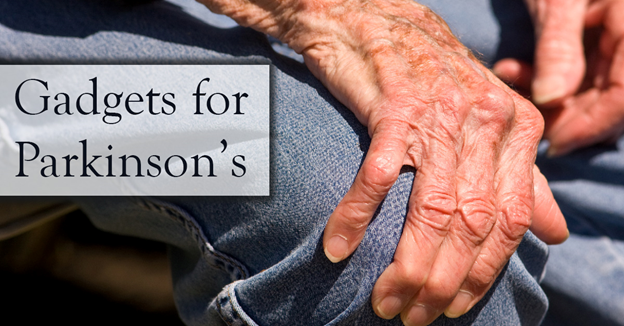
January is National Glaucoma Awareness Month to emphasize the importance of getting regular comprehensive eye exams. Glaucoma is the second-leading cause of blindness worldwide, and in its early stages, has no noticeable symptoms.
According to the Centers for Disease Control and Prevention (CDC), anyone can get glaucoma, but certain groups are at higher risks. These groups include African Americans over age 40, all people over age 60, people with a family history of glaucoma, and people who have diabetes.
There are several types of glaucoma. The two main types are open-angle and angle-closure. Open-angle develops slowly and has symptoms and damage that are not noticed. Angle-closure can develop quickly, is painful, and visual loss can progress quickly.
Glaucoma is not curable, but early diagnosis and treatment can help prevent vision loss. It is recommended that those groups who are at high risk for glaucoma should get a complete eye exam every one to two years.
To learn more about glaucoma and to help raise awareness of this “silent thief of sight,” visit: https://www.glaucoma.org/glaucoma/.









